Measuring structure. Methods and CUMULATIVE Spectral Decay (CSD)
As we test, we have already explained in the basic article "Tom's Hardware Internal: How We Test Loudspeakers, Headphones and Noise Emissions" in great detail and transparently, because with the usual audio swirl of bass thunderstorms and high-pitched whips one comes not really any further. You have to be able to listen subjectively well and measure at the same time. Let us start with the latter.
The spectral decay analysis (CSD) curves provide further very useful information about the performance of the installed drivers. This analysis is based on the frequency response diagram shown above, but also contains the element Time and now shows as a 3D graphic ("waterfall") very clearly how the frequency response develops over time after the input signal has been stopped. In colloquial terms, such a thing is also called "end" or "swingout".
Normally, a chassis should also stop as quickly as possible after the input signal has been omitted. However, some frequencies (or even entire frequency ranges) will always subside slowly and then continue to appear in this chart as longer-lasting frequencies on the timeline. This is a good way to see where the loudspeaker might be particularly "squeaming" or where resonances may even occur and disturb the overall picture.
LG PK7 – Measurements and Sound Check
Let's start with a direct comparison of all options as comparison curves. This also clearly shows what you have implemented as meridian technology and what this digital sound processing (DSP) actually amounts to:
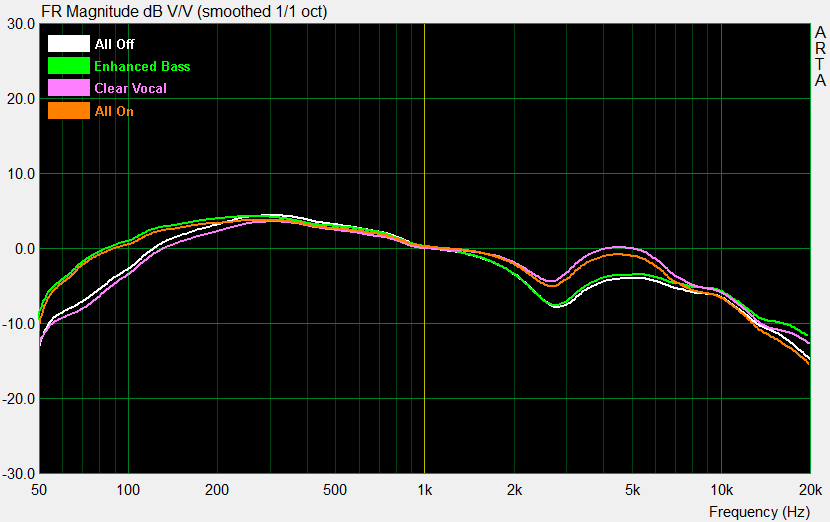
You can see that the low-pitched range below 200 Hz is slightly raised when you enable "Enhanced Bass". For physical reasons, however, this is only really audible when the loudspeaker is on a larger surface (e.g. sideboard) or the floor (acoustic short circuit in the low-pitched range is mitigated). "Clear Vocal" slightly raises the range between five and six KHz, which e.g. leads to a stronger emphasis on sibilants and speech intelligibility.
The following curves show again the measured values for all possible options by means of smoothed and unsmoothed curves, as well as the CSD analysis as a "waterfall" graphic:
The dent at approx. 2.8 KHz is strongly direction-dependent and indicates a not quite optimal connection of the two small extra tweeters, which start a little too late. However, the settling behavior is ok, the resonances and the resonation are due to the passive membranes of the "subs". You can still live with such constructs.
In practice, measurement and curves coincide quite well. Despite the optionally very strong bass lift, which then also goes at the level resistance, the upper bass is a bit too fat for my taste and the lower middles are very dominant. This sounds subjectively very warm and full, but in places it also becomes the "pappsound" that the Amazon speaker bargains of Aunt Helga's Partykeller-PA deliver.
But, you have to be fair, they are small boxes with understandable physical limits. The PK7 sounds good for the existing internal volume, because more is probably simply not possible. The DSP does what it is supposed to do, also a rare finding, but at least a positive one. The procedure is carried out discreetly and not with the acoustic wooden hammer. I may even like that.
LG PK5 – Measurements and Sound Check
Having reached a class lower, the curves also tell us that the inner workings are a little smaller and have to cope with less internal volume. Let's compare the overall overview of all variations:
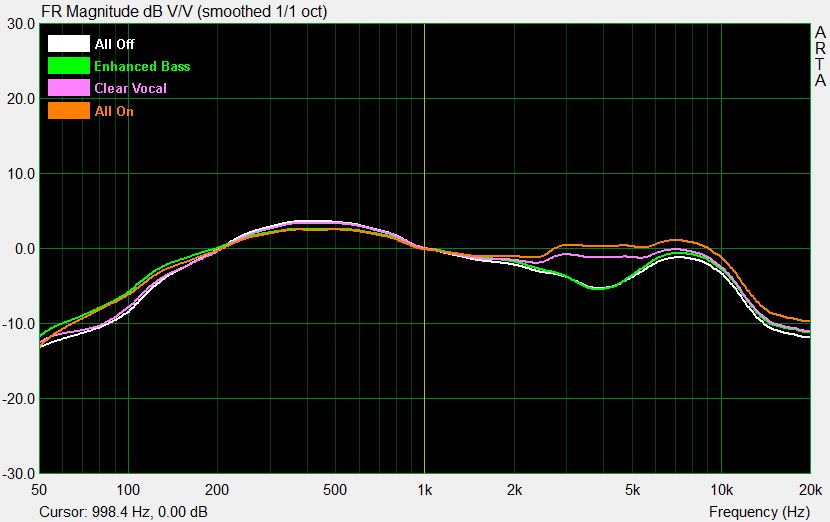
When Enhanced Bass is enabled, the curves are shifted at a minimum below 200 Hz. This is no longer really audible. "Clear Vocal" slightly raises the range between 2.5 and six KHz, which increases the dent at approx. 4 KHz. But you hear it is linear at best. There can hardly be any talk of an improvement in speech intelligibility, since the human ear is already quite sensitive here.
In addition, the attachment in front of the membranes with the LEDs is in my view an acoustically rather counterproductive gimmick, which also does not increase the base width. The main thing is that something lights up. Well, yes… But also for the PK5 I have prepared all options as a single graphic:
The dent at approx. 3.5 KHz should be safe chassis-related. The settling behavior is good for such a solution and On the passive bass membranes I already wrote a conclusion with the PK7.
Subjectively, the Pk5 with activated "Clear Vocal" sounds almost neutral. The bass fetishists will have to do it sooner, but I think it's good and above all quite natural. Despite the lack of a deep bass, everything sounds quite harmonious and pleasant. This is something that many of the competitor products unfortunately completely lack. The level strength is actually fine.
LG PK3 – Measurements and Sound Check
Let's get to the smallest brother, the PK3, and the first thing we do is to see the forgetful curves in the overview:
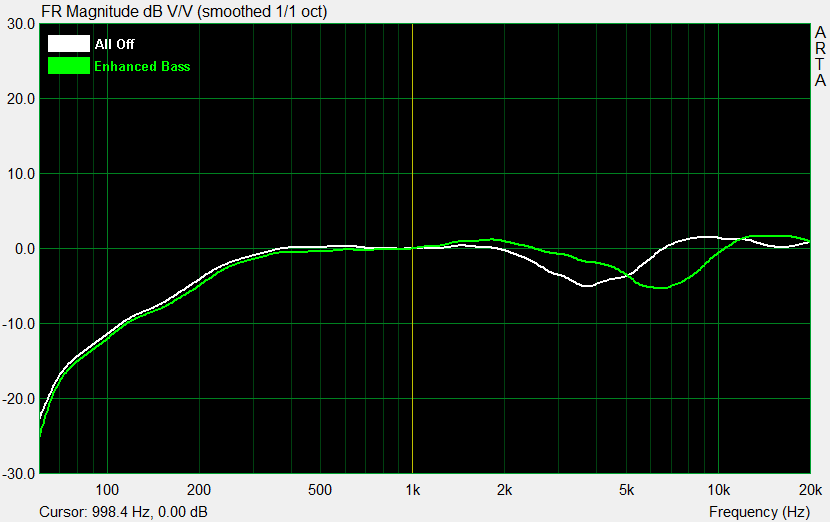
When Enhanced Bass is activated, the curves above two KHz are slightly undefined because they are superfluous. A bass increase, on the other hand, does not take place at all. The upper middles are a bit more present, but that's it. The DSP has been completely indisposed here. Either it is a fault with the device or one has tried to suggest a deeper impression by lowering the height.
You can turn it and turn it, but the PK3 is and remains somewhat incomprehensible from the measuring curves. But what does this mystery sound like in practice? Very balanced and bright. Unfortunately, this is also a bit cooler and almost metallic when the DSP has been deactivated. Below 200 Hz, there is hardly anything left due to size, whereby at least the level strength can convince. This would have been even better if a brutal low-cut had simply been set below 60 Hz.
Summary and conclusion
IT won't like LG quite so much, but I personally like the PK5 the most. For the price called, it is not a bad offer. Maybe I would have found the PK7 at least as well if it had a mobile phone charging function (and a possibly one. even larger battery). But it doesn't. And for a plug-in power supply, two additional light strips and a little more volume, spend 30 euros more? In addition, the PK5 is easier to transport.
On the PK3, I am a little divided. Compared to the PK5, it is hardly cheaper, but offers significantly fewer features. Despite IPX7, the only real highlight, it's just too expensive. For 60 to a maximum of 70 euros, yes. But with the 90 Euros, this will be rather nothing, if you get the much better device for a ten-man. Which I would be through with at the conclusion, because what should one also write novels about blue teeth?
LG didn't do a bad job, that's a fact. But in the end, the customer always decides. As usual.














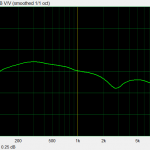
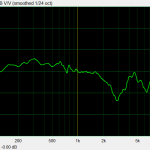
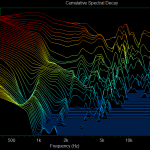
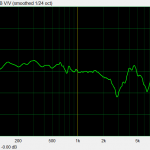
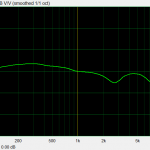
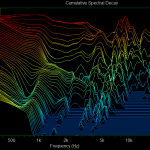
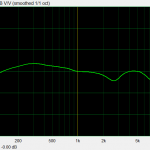
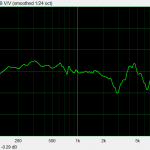
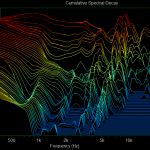
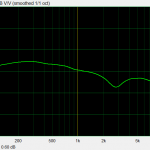
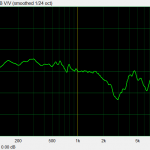
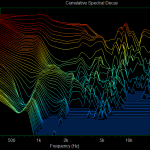
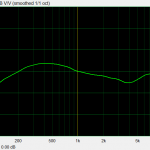
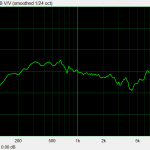
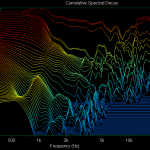
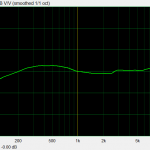
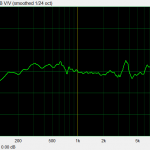
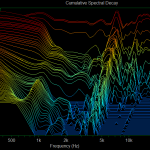
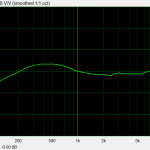
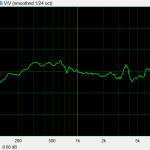
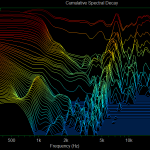
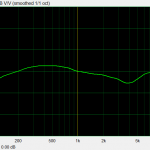
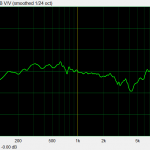
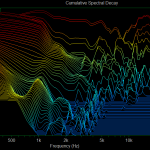
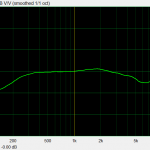
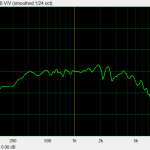
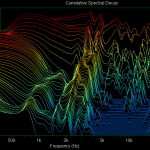
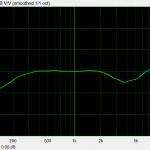
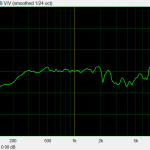
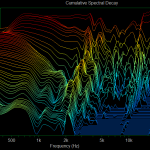

















Kommentieren